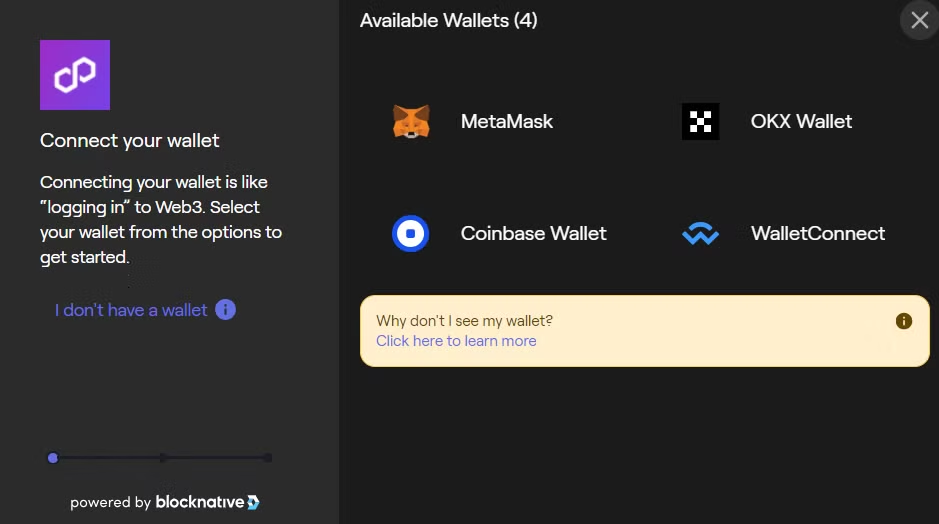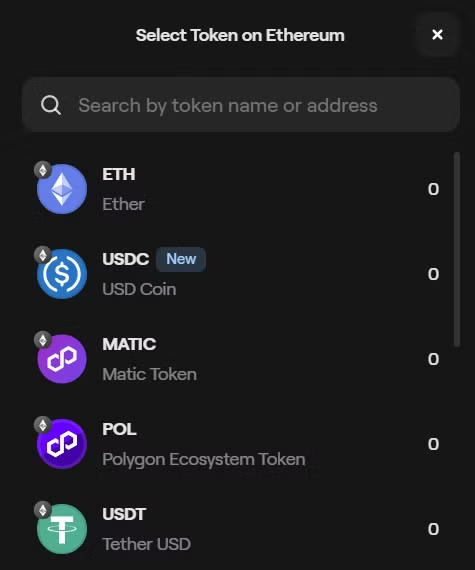What is the Polygon Bridge?
The Polygon Bridge is a powerful tool that allows for the transfer of assets from the Ethereum network to the ex-Matic network, now called Polygon. It promises speed, coupled with low transaction fees, as remedies to some of the scalability issues facing Ethereum.
The idea of deploying the Polygon Bridge rests on the ability it gives users to take full advantage of the much cheaper fees and faster speeds on Polygon, all while still having the security of Ethereum. Learn more about the Polygon Bridge and its benefits.
Bridging Polygon for Frictionless Transfers
Generally speaking, for the utilization of the Polygon Bridge, you need to connect an Ethereum wallet, such as MetaMask, with the bridge platform. Transferring Ether and other ERC-20 tokens from Ethereum to Polygon is relatively easy and intuitive while using the Polygon Bridge, as it supports both ways.
Hence, it would be quite easy to move your assets between these two chains. For detailed steps on how to bridge Ether to Polygon, visit our guide.
Steps to Bridge Ether to Polygon
How To Bridge Tokens From Ethereum to Polygon PoS Via the PoS Bridge?
The PoS Bridge is a smart contract that helps users transfer their ETH or ERC-20 tokens from Ethereum to Polygon and vice versa. To access the PoS Bridge, follow the steps below:

- Go to the Polygon web wallet, and click on the native bridge.
- GA pop-up will appear requesting that you connect your wallet to the Polygon web wallet.

- You can choose between 4 different wallets. For example, you can choose your MetaMask wallet.

- Approve the Polygon web wallet smart contract.
If you have never bridged before, a message will appear asking you to sign a transaction. If you have bridged with the web wallet previously, you won’t see this message. - Choose the asset/amount to bridge. Select the asset that you want to bridge from Ethereum to Polygon, and choose Transfer.
- Confirm the transaction and pay the gas fee.
You confirm this transaction by going through some confirmation windows. Then, you click “Continue” on each window. - Finally, sign the transaction in your MetaMask interface
A MetaMask pop-up will appear and will ask you to confirm and sign the transaction. Upon doing that, the assets will bridge, and you will have to wait some minutes for them to arrive on Polygon.
How to Bridge MATIC Using the Polygon Bridge
The Polygon Bridge allows the transfer of MATIC; thus, users can bridge their native tokens from Ethereum to Polygon. Since it is the native token of the Polygon network, bridging it brings huge advantages: drastically reduced transaction fees and a great increase in speed.
The process is just about transferring ETH, with the added advantage that, on the Polygon network, MATIC can be used to pay transaction fees. Explore more about the Polygon Bridge MATIC transfer process.
Bridging Polygon with MetaMask
Polygon Bridge with MetaMask is the most used when it comes to transferring assets. It has a very friendly user interface for connecting to the Polygon Bridge. Just log in to your MetaMask account, connect to the bridge, and initiate your transfer.
That ease of integration with MetaMask has made it one of the most used wallets when working with Polygon. For further information, check out our guide on Polygon Bridge MetaMask.
Arbitrum Polygon Bridge: Layer-2 Solution Connector
The Arbitrum Polygon Bridge is designed to enable users operating on both chains to move their assets seamlessly across both Arbitrum and Polygon. The need for an interplay of assets between both chains is increasing, with Arbitrum and Polygon growing in appeal.
It is a cross-chain bridge that allows tokens to move seamlessly between Arbitrum and Polygon and gives the flexibility of cross-network operability. Learn more about the Arbitrum Polygon Bridge.
Avalanche to Polygon Bridge: Cross-Chain Operability
The Avalanche to Polygon Bridge finally connects two of the fastest-rising blockchain networks. As users and developers look for scalability and efficiency, a bridge that will connect Avalanche to Polygon in terms of the transfer of assets becomes important.
Through this bridge, users will be able to transfer tokens from Avalanche to Polygon and leverage the unique value proposition that each has. For additional details, see our article on the Avalanche to Polygon Bridge.
Conclusion
The Polygon Bridge changes the game for users who aim to maximize the use of multiple blockchains simultaneously. Be it ETH, MATIC, or any other tokens transferred between Arbitrum and Avalanche, among others, this tool creates a seamless and cost-effective experience. By integrating with MetaMask, users can bridge their assets easily by leveraging the speed and scalability of the Polygon network.
Frequently Asked Questions
1. What’s the fastest way to send ETH to Polygon?
Using the Polygon PoS Bridge with MetaMask is the fastest and most straightforward way to send ETH to Polygon.
2. Is the Polygon Bridge safe to use?
Yes, it’s secure and widely trusted. Just make sure to use the official Polygon Bridge and web wallet.
3. Which tokens can I bridge to Polygon?
You can bridge ETH, MATIC, USDC, and most ERC-20 tokens to Polygon.
4. What’s the difference between PoS and zkEVM bridges?
PoS Bridge is great for general use and broad token support, while zkEVM offers faster finality and scalability.
5. How much are the fees for transferring to Polygon?
You’ll pay Ethereum gas fees when bridging, but Polygon’s fees are much lower once the transfer is complete.





